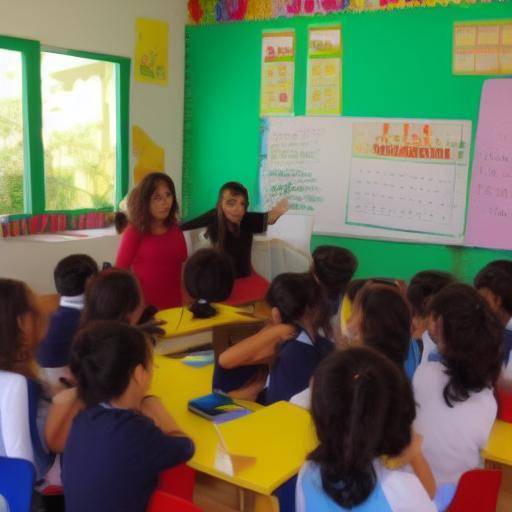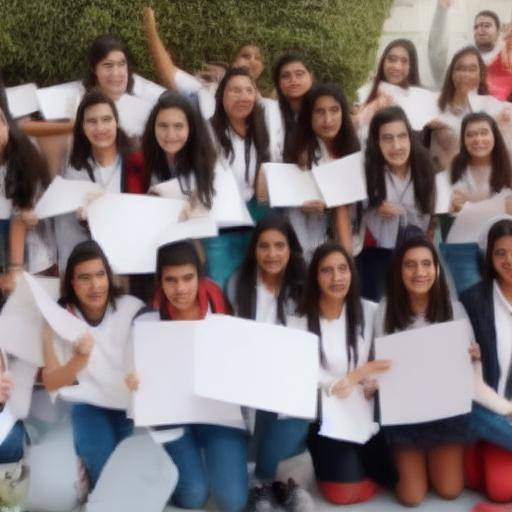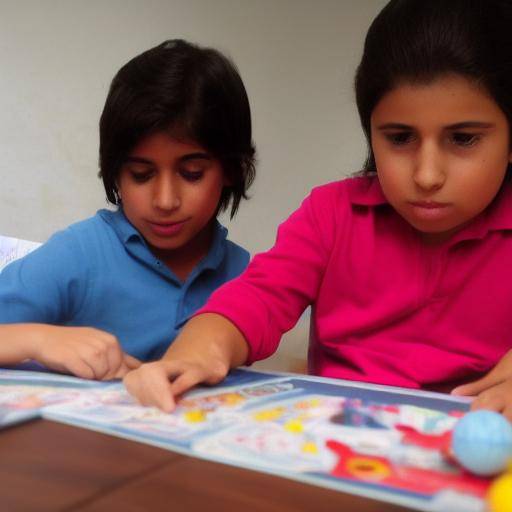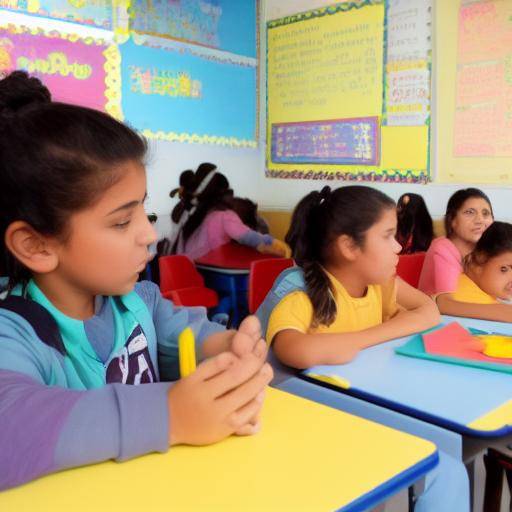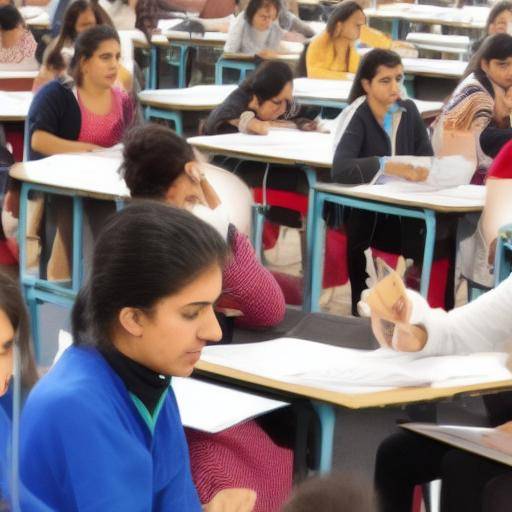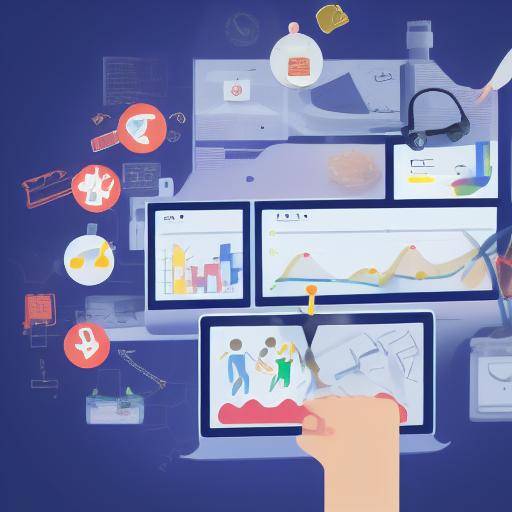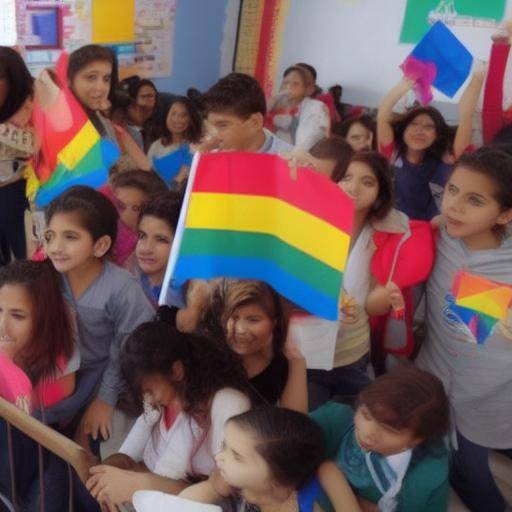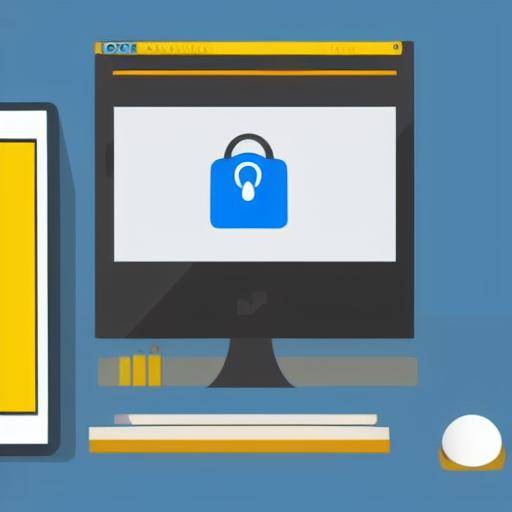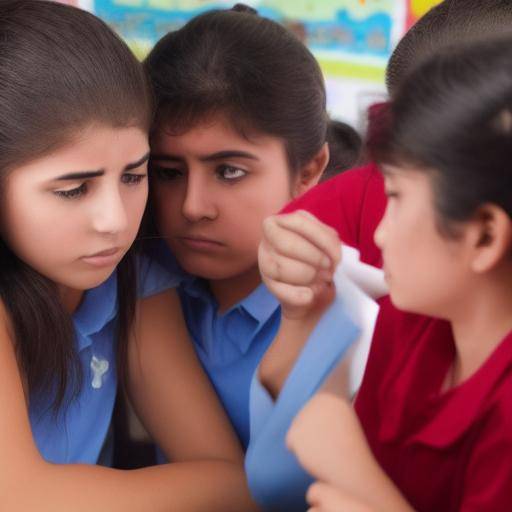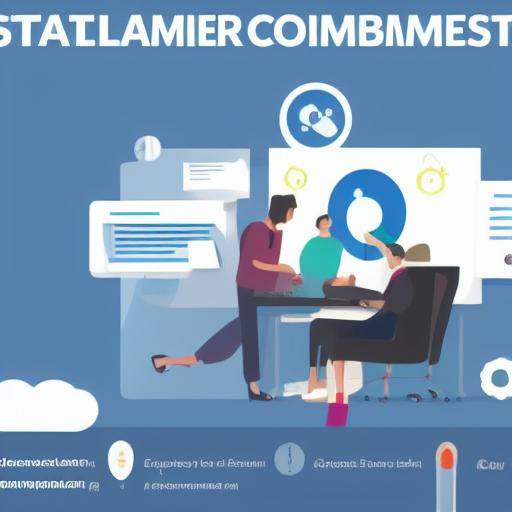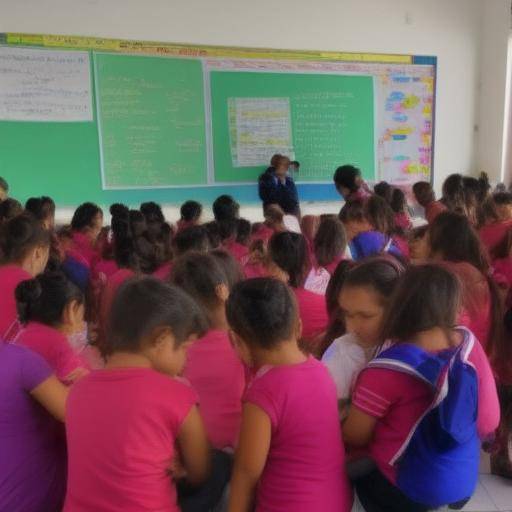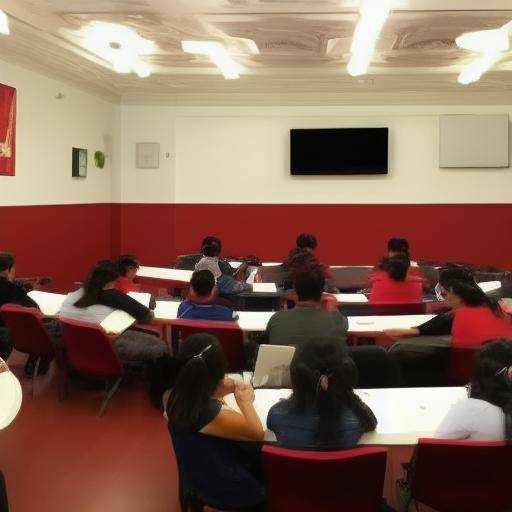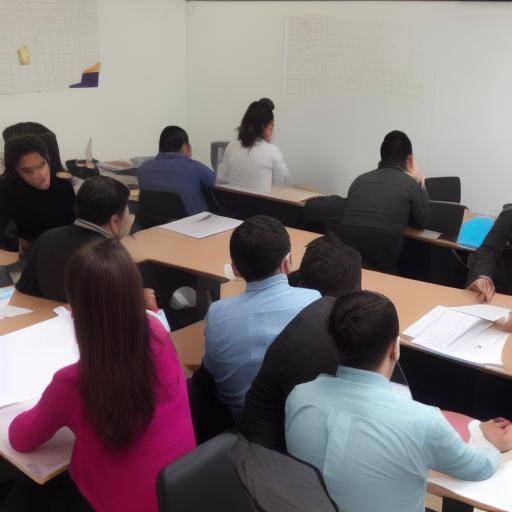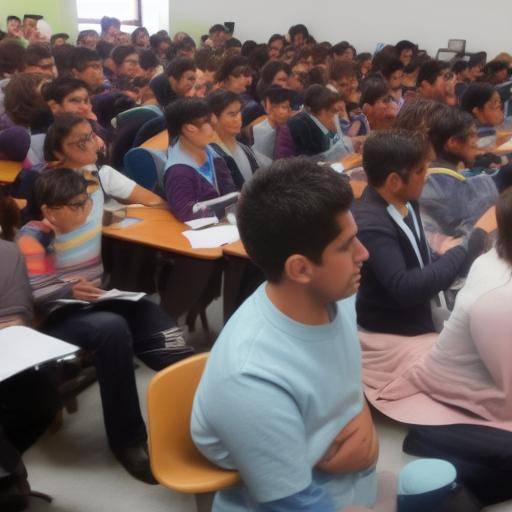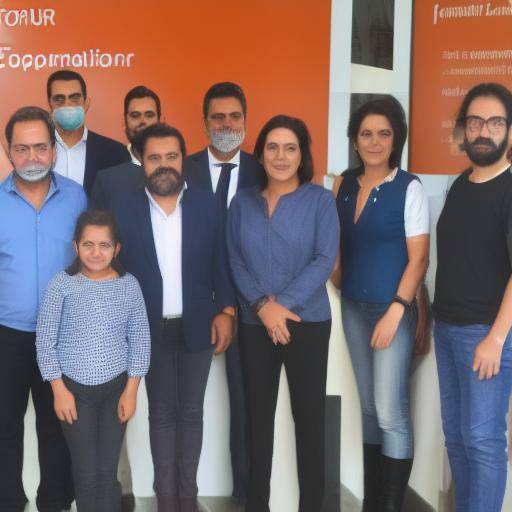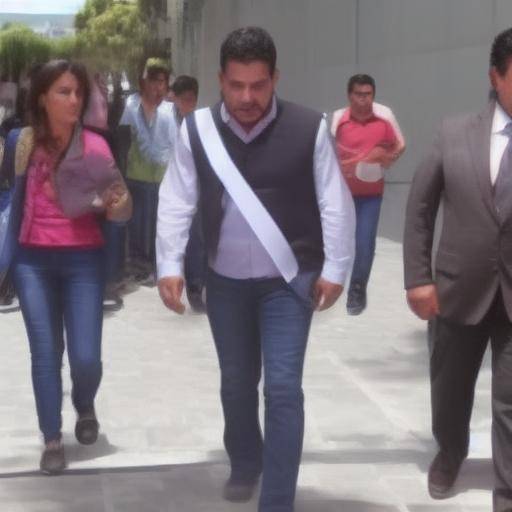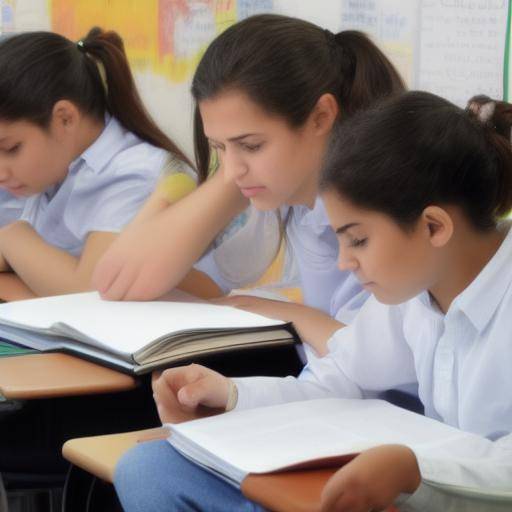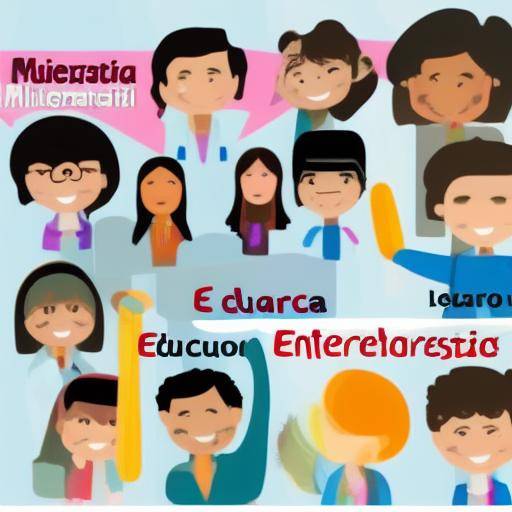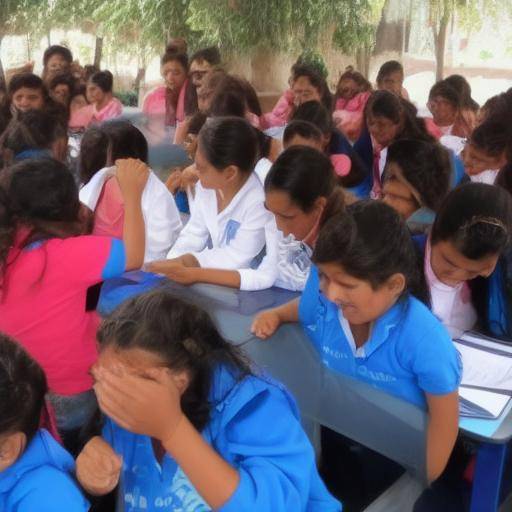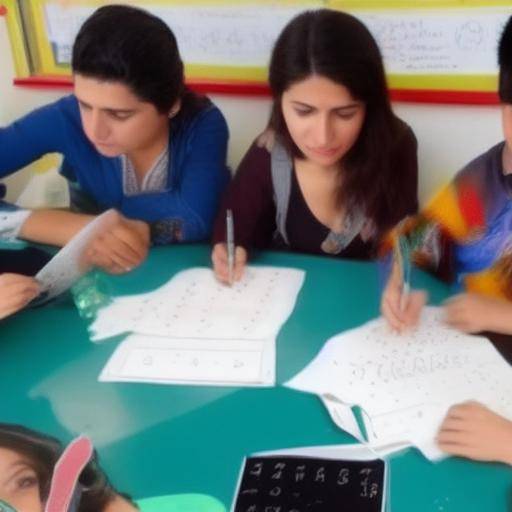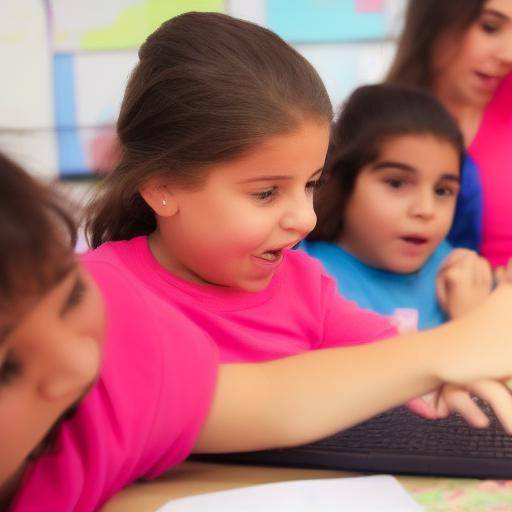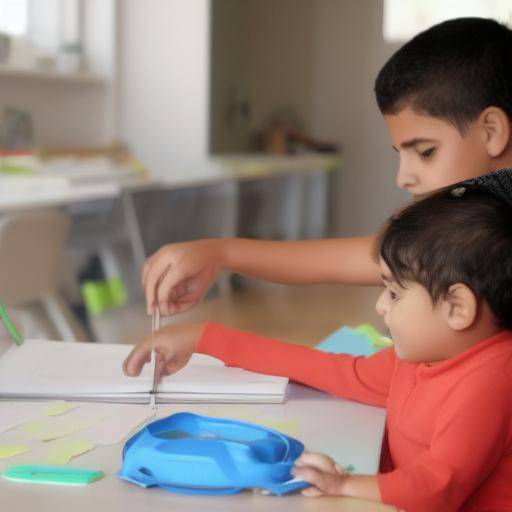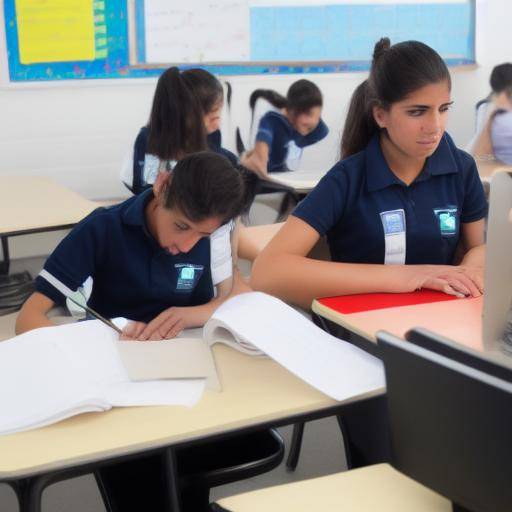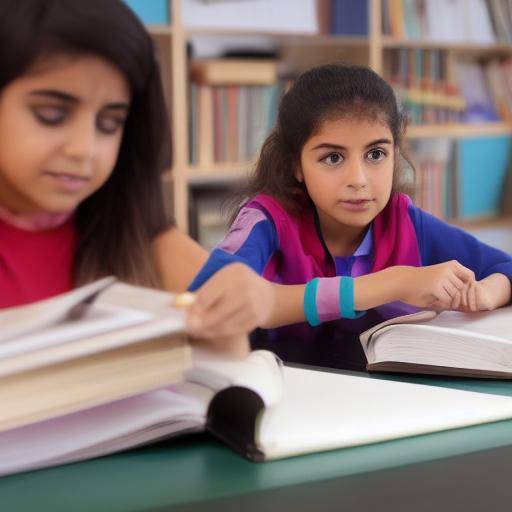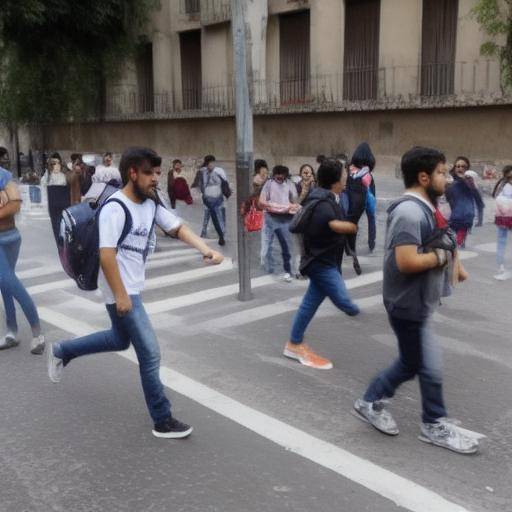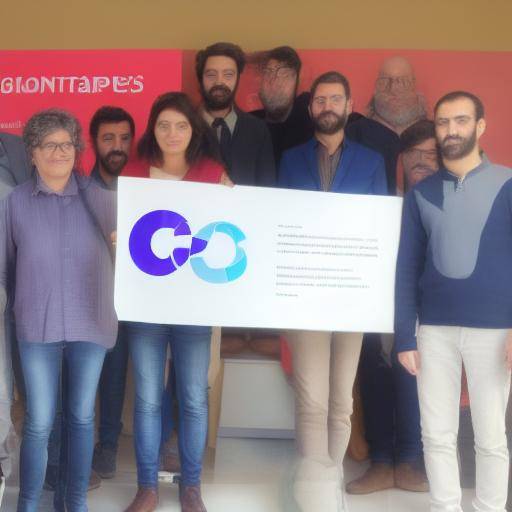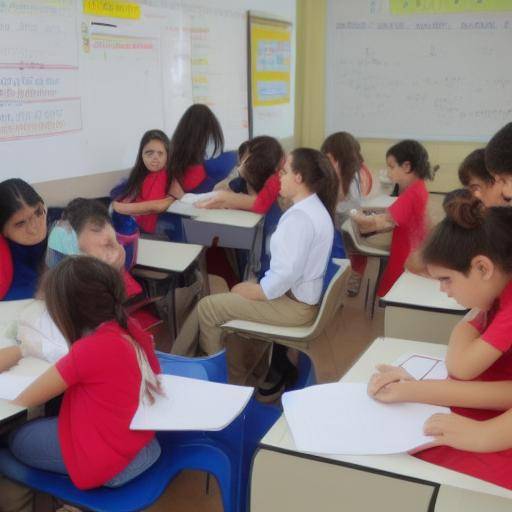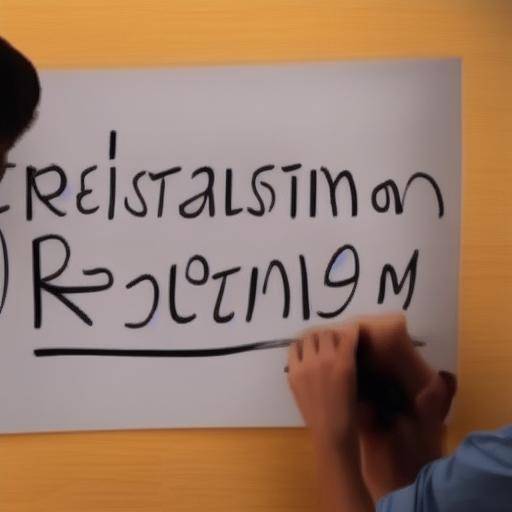
Teaching problem solving in real contexts is a crucial aspect in developing cognitive, creative and analytical skills in students. In this article, we will explore effective strategies to teach problem solving in real contexts, addressing its importance, practical applications, challenges and future impact. At the end of the reading, you will have gained a deep understanding of how to effectively address problem solving teaching and how to apply innovative strategies in various educational settings.
Introduction
Problem solving is a fundamental skill that transcends academic boundaries to influence personal and professional success. The ability to face challenges, analyze situations and find effective solutions is essential in a constantly evolving world. Therefore, the teaching of problem-solving in real contexts becomes paramount in the educational process.
The purpose of this article is to provide a deep insight into the most effective strategies to teach problem solving in real contexts. We will explore concrete examples, benefits, challenges, current trends and the future impact of implementing these strategies in the educational field.
History and Background
Origins of the Teaching of Problem Resolution
The teaching of problem solving has deep roots in the history of education. From ancient civilizations to contemporary pedagogical currents, problem solving has been recognized as an essential skill for intellectual development and success in everyday life.
Throughout history, thinkers such as Socrates, Aristotle and John Dewey have advocated for the importance of fostering critical thinking and solving problems in education. His ideas have laid the foundation for modern educational practices that seek to promote a more practical and meaningful approach to learning.
Evolution of Education Strategies
With the advancement of educational psychology and neuroscience, he has deepened his understanding of how students learn and solve problems. This has led to the development of more effective strategies to teach problem solving in real contexts, incorporating the use of educational technologies, project-based approaches and the integration of interdisciplinary skills.
In addition, globalization and the growing complexity of contemporary challenges have led to the need to promote problem solving in authentic contexts, where students can apply academic skills in practical and relevant situations.
Deep analysis
Benefits of the Teaching of Problem Resolution in Real Contexts
The teaching of problem solving in real contexts offers a wide range of benefits for students. In facing specific situations, students can develop critical thinking skills, creativity, informed decision-making and collaboration.
In addition, solving problems in real contexts fosters knowledge transfer, allowing students to apply skills and concepts learned in various areas of their lives. This practical integration strengthens meaningful learning and enhances the development of life skills.
Current Challenges and Emerging Trends
While teaching troubleshooting in real contexts offers many benefits, it also presents significant challenges. Real assessment and proper contextualization of problems are critical aspects that educators must address. In addition, effective integration of ICTs (Information and Communication Technologies) and adaptation to diverse educational environments represent important challenges.
In the current scenario, there is a trend towards the STEAM approach (Science, Technology, Engineering, Arts, Mathematics) that promotes interdisciplinary problem solving, as well as increasing attention to skills-based education, which emphasizes the practical application of knowledge and skills in real contexts.
Exhaustive examination
Practices and Best Practices
Strategies for problem solving in real contexts find application in a variety of academic and professional fields. In the field of science, for example, the approach in solving practical problems has shown to improve the understanding of scientific concepts and encourage research curiosity.
In the context of the resolution of business problems, the simulation of real cases and the analysis of practical scenarios prepare students to face the challenges of the working world. Similarly, in artistic education, solving problems in real contexts awakens creativity and visual insight into students.
Opinions of Experts and Future Perspectives
Education experts recognize the importance of promoting problem solving in real contexts as an essential skill for future employability and active civic participation. They agree on the need to establish learning environments that effectively integrate real-world situations, promoting critical thinking, creativity and innovation.
In the future, further integration of strategies based on experiential learning and the resolution of genuine problems in the curricula is expected. This will result in greater preparation of students to face complex challenges in a globalized and constantly evolving environment.
Comparative analysis
The comparison of strategies for problem solving in real contexts with traditional approaches reveals significant differences in knowledge and skills acquisition. While traditional methods can focus on memorization and the application of preset formulas, strategies in real contexts promote the development of practical skills, critical thinking and creativity.
An obvious example of this difference is observed in the resolution of mathematical problems. While a traditional approach can focus on the application of algorithms, solving problems in real contexts challenges students to apply mathematical concepts in real-world situations, thus fostering deeper understanding and greater knowledge transfer.
Practical Tips and Accessible Tips
Effective implementation of strategies for problem-solving in real contexts requires a practical and results-oriented approach. Some practical tips include:
- Integrate real projects and cases into the curriculum to provide genuine problem-solving experiences.
- Promote collaboration between students and the application of interdisciplinary approaches to addressing complex challenges.
- Use innovative educational technologies that combine practical situations and provide immediate feedback.
These approaches not only improve students' understanding, but also prepare them to face real-world challenges effectively.
Industrial Visions and Expert Reviews
Industry leaders recognize the importance of fostering problem-solving skills in real contexts to prepare the future workforce. The ability to address complex challenges, creative thinking and collaborative work is considered essential in a variety of professional fields.
According to experts in human resources and organizational development, candidates who have acquired significant experiences in solving problems in real contexts demonstrate a greater degree of adaptability, innovation and leadership skills.
Case Studies and Practical Applications
Case studies provide concrete evidence of the effectiveness of strategies for problem solving in real contexts. Through examples of real situations and challenges, students can apply academic skills in authentic environments and develop solutions that have a real impact.
An outstanding case study is the educational program that incorporates the resolution of local environmental problems. Students, through research and collaboration with the community, identify environmental challenges, analyze real data and propose sustainable solutions. This approach not only strengthens academic skills, but also fosters a significant commitment to the community and the environment.
Future Trends and Predictions
Future trends in problem-solving in real contexts are aimed at further integration of innovative technologies, multidisciplinary approaches and global collaboration. Competence-based education and the resolution of authentic problems are expected to be central to the curriculum, preparing students to face complex challenges in a globalized environment.
In addition, the growing focus on socio-emotional education and the development of soft skills will promote greater attention in solving problems in real contexts as a way of fostering empathy, collaboration and ethical thinking in students.
Conclusion and Frequently Asked Questions
Conclusion
In short, the teaching of problem solving in real contexts is essential to prepare students with the skills necessary to face challenges in a constantly changing world. Effective strategies to teach problem solving in authentic environments promote critical thinking, creativity and practical applicability of knowledge. This approach prepares students to be reflective citizens and competent professionals in a broad spectrum of disciplines.
Frequently asked questions
1. What is the importance of teaching problem resolution in real contexts?
Teaching troubleshooting in real contexts prepares students to face real-world challenges, promotes practical application of knowledge and promotes life skills.
2. How can problem-solving strategies be integrated into actual classroom contexts?
Strategies can be integrated through authentic projects, practical simulations, interdisciplinary collaboration and the implementation of innovative educational technologies.
3. What impact does problem solving teaching have on real contexts in the development of socio-emotional skills?
It promotes the development of skills such as empathy, effective communication and ethical decision-making by facing real-world challenges.
4. What are the common challenges in teaching problem solving in real contexts?
Challenges include authentic assessment, effective contextualization of problems and integration of ICTs into diverse educational environments.
5. What role do soft skills play in solving problems in real contexts?
Soft skills, such as creativity, collaboration and critical thinking, are essential to effectively address complex challenges.
6. What is the future of problem-solving teaching in real contexts?
Increased integration of innovative technologies, multidisciplinary approaches and global collaboration is expected, as well as increased attention in the development of socio-emotional skills.
By understanding these strategies and their impact, educators can foster the integral development of students and prepare them to face challenges with confidence and competence.
With this, we conclude our deep exploration of strategies for the teaching of problem resolution in real contexts. We hope that this information has been valuable and we invite you to continue exploring innovative ways of promoting problem solving in educational settings. Go forward to a future of meaningful and transformative learning!




